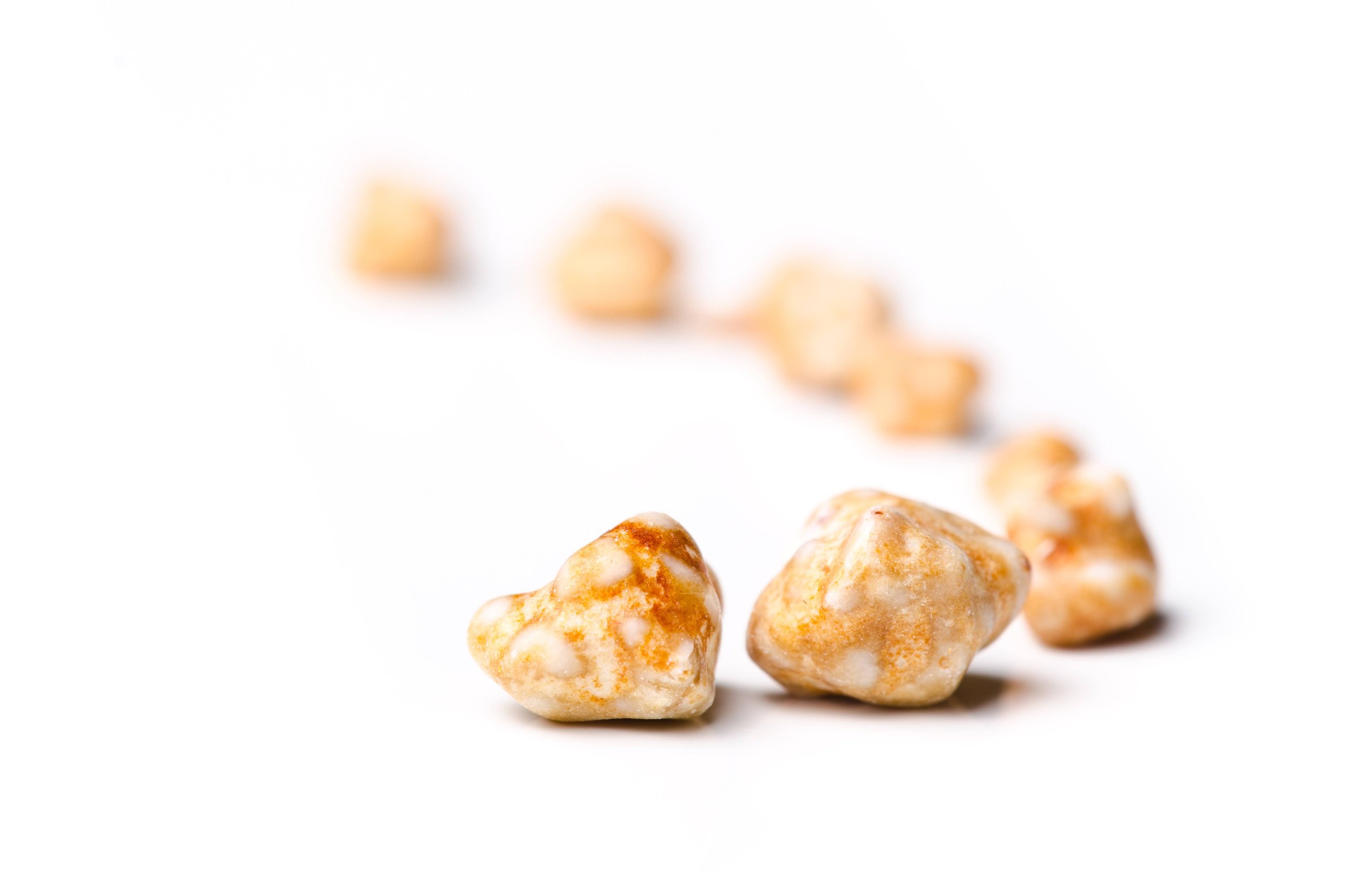What to Expect Before and After Gallbladder Removal
Gallbladder removal, also known as a cholecystectomy, is a common surgical procedure to address issues such as gallstones or inflammation. Individuals facing this surgery often have questions about what the experience entails and how to prepare for it. This article provides a comprehensive guide on what to expect before, during, and after gallbladder removal, helping patients feel informed and confident about the process.
Understanding Gallbladder Removal
The gallbladder is a small organ located beneath the liver that stores bile, a substance that aids in digestion. Though it plays a role in digestive health, the gallbladder is not essential for survival. When this organ causes problems—typically due to gallstones or other conditions like cholecystitis—it may need to be removed.
Gallbladder removal is one of the most commonly performed surgeries and can be done either laparoscopically (using small incisions and a camera) or through open surgery (involving a larger incision when necessary). While the procedure is considered safe, knowing the specifics of the preparation, surgery, and recovery process helps set realistic expectations.
Preparing for Surgery
Proper preparation for gallbladder removal can contribute to a smoother experience. Before the procedure, patients typically undergo routine medical evaluations to ensure they are fit for surgery. This includes blood tests, imaging studies, and a review of their overall health history.
Patients are often advised to avoid certain medications, such as blood thinners, in the days leading up to surgery. Additionally, fasting may be required for a specific number of hours before the operation to reduce the risk of complications during anesthesia.
It’s essential to discuss any pre-existing medical conditions, allergies, or concerns with the healthcare provider to ensure all precautions are taken. Preparing for post-surgical recovery—such as arranging transportation and stocking up on necessary supplies—also aids in a smooth transition after leaving the hospital.
The Procedure Itself
Gallbladder removal is typically carried out under general anesthesia and takes anywhere from 45 minutes to a few hours, depending on the complexity of the case. Most patients undergo laparoscopic surgery due to its minimally invasive nature, which results in smaller incisions, reduced recovery time, and less risk of post-surgical complications.
During the procedure, the surgeon removes the gallbladder through a series of small incisions. Advanced surgical tools and a tiny camera guide the process. For cases where complications like scarring or infection are present, an open cholecystectomy may be performed instead. This approach involves a larger incision and tends to require a longer recovery time.
Immediate Post-Surgery Recovery
After the surgery, patients are monitored in a recovery area to ensure they wake safely from anesthesia. Many can go home the same day, especially after laparoscopic surgery, although some may need to stay overnight for observation, depending on their overall health and the complexity of the procedure.
Mild pain and discomfort are common during the initial days after surgery, often localized around the incision sites or shoulders due to the gas used during laparoscopic surgery. Pain relievers are prescribed to manage this effectively. Patients may also experience nausea or fatigue, which typically resolves within a few days.
Dietary changes are often introduced gradually. Initially, a light or liquid diet is recommended before transitioning to more regular meals as tolerated. Careful adherence to post-operative care instructions, including how to manage incision sites and avoid strenuous activities, is crucial for a smooth recovery.
Long-Term Adjustments and Lifestyle Changes
Most individuals adjust well to life without a gallbladder, though some may experience changes in digestion. Bile, which is now directly released into the digestive tract, may not be as concentrated, sometimes causing loose stools or mild discomfort after eating fatty foods.
Adopting a balanced diet that limits high-fat and greasy foods can help manage any digestive symptoms. Over time, many patients find their digestion returns to normal, with any symptoms becoming less frequent or severe. Regular follow-ups with a healthcare provider ensure that any lingering issues are addressed appropriately.
It’s worth noting that gallbladder removal is a permanent solution to issues like recurring gallstones. Patients often experience an improved quality of life once the symptoms that prompted the surgery are resolved.
By staying informed and following medical guidance, patients can approach gallbladder removal with confidence. Whether you are preparing for surgery or recovering from it, staying proactive about care and lifestyle changes ensures the best possible outcomes.
Schedule a consultation with our medical experts at Ultimate Bariatrics for further guidance on gallbladder removal.

